Top Image: Opening of The Cowboy, a Projections of America documentary on the American West. Courtesy of the National Archives.
In 1942, the US government established the Office of War Information (OWI) to serve as the United States’ propaganda branch during World War II. During the war, the OWI created thousands of books, pamphlets, radio broadcasts, films, and other media that were used at home and abroad. The Bureau of Motion Pictures (BMP), a film division within the OWI, was responsible for creating documentaries and films used for propaganda initiatives. Robert Riskin, a well-known director in the Hollywood motion picture industry, was selected to head the BMP.
When it came to motion pictures, Riskin and the BMP believed that every film produced in the United States either heightened or diminished America’s image and reputation abroad. Up to the 1940s, Hollywood films produced in America were riddled with scenes of gangsterism, vice, and a wild-west filled with wagon heists and saloon shootings. The BMP understood these images gave negative impressions of America to foreign audiences, in turn hindering America’s power and ultimately its influence abroad.
The film Hymn of Nations featured Italian conductor Arturo Toscanini conducting Giuseppe Verdi’s Inn dei nazioni (Hymn of the Nation). The film was widely received by Italian audiences following liberation in Italy. Courtesy of The National Archives.
In 1943, Riskin announced his plan to counter Hollywood’s image of America. The OWI and the BMP would release a series of short documentary films that depicted some of the many facets of American life. The series was titled Projections of America, also known as The American Scene, and consisted of 26 short documentaries that covered a variety of images of American life. The documentaries were specifically designed to introduce America to Europeans while countering the narrative that the United States was a country swarming with gangsters and cowboys.
Compared to Frank Capra’s popular wartime documentary series Why We Fight, Projections of America was more subtle in its production and attempted to sum up the vast essence of American life, culture, and ideology for its foreign allies. The films were translated and distributed to OWI outposts around the world as a part of commercial packages, accompanying Hollywood features across Europe, the Mediterranean, and North Africa. When American troops entered these liberated territories, one of their first jobs entailed confiscating enemy films and replacing them with American productions. In towns where theaters had been bombed or in places with no electricity, troops set up mobile theaters in public squares, ensuring foreign audiences were able to view the American films.
The representation of American life became the forefront of the OWI motion picture goals. The America that had been conceptualized by Hollywood in previous years would no longer be acceptable for audiences during the war. The OWI and BMP planned to combat misrepresentations of America by fighting fire with fire. Or in this case, motion pictures with motion pictures.
In The Cowboy, a young David is shown how to repair fences. This job, David learns, is only one of the many jobs done by hard-working American cowboys. Courtesy of The National Archives.
The Cowboy
The Cowboy, a story on the American West, was a documentary created for the purpose of dispelling the false idea that American cowboys were like those portrayed in popular Hollywood westerns. Written by Arthur Arent and narrated by actor Ralph Bellamy, The Cowboy was filmed on location, using Marfa, Texas as the backdrop for the American West. The film focuses on David, a young boy from England whose parents sent him to the United States after his home in Plymouth was bombed in an air raid.
David is fascinated by the cowboy and is excited to partake in his own adventure in the American West. But David is disappointed when he arrives, as he quickly learns the life of a real cowboy did not resemble the “Wild West” he envisioned. David is taken around the ranch and taught the various tasks of a ranch hand, learning the true life of hard-working American cowboys as they produced beef and leather for the Allied fighting forces.
The Cowboy demonstrated how cowboys and ranchers were hard-working men who were dedicated to their traditional lifestyles. Subtly but surely, features like The Cowboy presented the coming of America’s industrial market that would rise in the post-war world. Farming on a wide commercial scale became a marketing boom for farmers, as commercial farming was a driving force of the American consumerism that would be released into the world. With The Cowboy, Riskin worked to dispel the popular myth of the American cowboy, while also providing insight to one of the many booming industries in America.
Autobiography of a Jeep
The Projections of America series was mainly filmed with original scenes that were shot on location. Only one film, Autobiography of a Jeep, was different. The film included archival footage used to create a compilation of scenes that helped tell the story of the life of an American jeep. Translated into 16 languages, Autobiography of a Jeep tells the story of a vehicle that came to symbolize the Allied war effort wherever it went.
The film is narrated by the jeep itself. The jeep begins by introducing itself, explaining that it comes from a country of roads that is the United States of America, where there is 3,000 miles of desert, mountains, and valleys. The narrating jeep begins to tell stories of when the army first began to examine the new military vehicle. Footage of the army testing the jeep begins to play, and the jeep passes all tests with flying colors.
As the film continues, the jeep explains how tough the American army is and its worries of not being good enough or able to keep up. But, whatever the army asked it to do, it was prepared. Whether that meant pulling cannons, creating roads, or to keep moving faster than 70 miles per hour—the jeep assures the audience none of that was any worse than what the driver was ready to do himself. It is at this point in the film the focus shifts to the American soldier. The jeeps explains how it and the soldier “got to be pals” while scenes of soldiers using the jeep begin to roll. The most impactful moment of the film can be found in the jeep’s closing statement:
“But the thing that makes me a success most of all is this – I’ve made a friend. I mean the soldier. Wherever you see one of us the other won’t be far behind, and that goes now when we are fighting together, and after the war when we will be building together. Because the rumor is going around that the jeep is here to stay.”
Autobiography of a Jeep was a humorous and witty film, winning over many of its audiences. By giving the jeep human characteristics, it is seen as the military’s friend and companion rather than just a workhorse vehicle. In reality, the jeep was a huge success, being admired by leaders such as Churchill, Roosevelt, and King George VI. Autobiography of a Jeep was one of the most successful films in the entire Projections series. As the film began showing across the newly liberated France, the phrase “Vive le jeep!” could be heard from patrons exiting theaters from all around the country. With Autobiography of a Jeep, Riskin doubled the film’s message by not only showing an American industry, but by also promoting friendly relations with American soldiers—soldiers who became the new occupational force for many European countries.
A Journey, The Town, and The Cummington Story
All documentaries within Projections of America had a central message to relay to viewers. A Journey focused on how ordinary citizens adapted to disruptions of war manufacturing in towns from Alabama to the Rocky Mountains. The Town featured American’s “melting pot” in a rural Indiana town, and aimed to show the small town not as a naïve community disengaged from world events, but as a town where a simple life led to tolerance, hope, and community. Another film, The Cummington Story, tells the story of a small New England town that initially refused European refugees, but over time welcomed them into the community.
Photos 3, 4, 5 – Memo.The Cummington Story, Memo.City Harvest, Memo.Tuesday in November
-

Excerpt from official OWI correspondence outlining goals for The Cummington Story, a documentary featuring a small New England town who welcome European refugees into the community. Courtesy of the National Archives.
-

City Harvest, a film created for the Projections series, highlighted American victory gardens as a symbol for America’s war effort on the home front. The excerpt from this OWI correspondence details the careful planning that went into each film, and in this case keeping the film’s audience in mind. Courtesy of The National Archives.
-

This document, written by Robert Riskin, outlines his plan for a Projections film that featured the election process. The film would come to be known as Tuesday in November. Highlighting American democracy, this film was crucial to express the fair and democratic process of electing a nation’s leader, something many Europeans had not experienced over the war years. Courtesy of The National Archives.
Projections of America is arguably one of the most influential efforts of wartime propaganda. Before the war, American entertainment films exported abroad were widespread over many European film markets. These Hollywood films assisted in creating a connotation that America was a country of vagrants who celebrated exploitation, were materialistic, and full of greed.
With Projections of America, Riskin countered that notion while promoting liberal change for the post-war world. The series was an assertion of life in America and its accomplishments. Though the series was never shown to American audiences, it expressed a fulfilled social life and standard of living, and showed that Americans appreciated the various people and cultures that established their home. Riskin executed Projections of America in a manner that allowed foreigners to be softly introduced to the United States, and in turn accomplished one of the most prioritized OWI goals: making friends for America.
Connie Gentry
Cite this article:
MLA Citation:
APA Citation:
Chicago Style Citation:
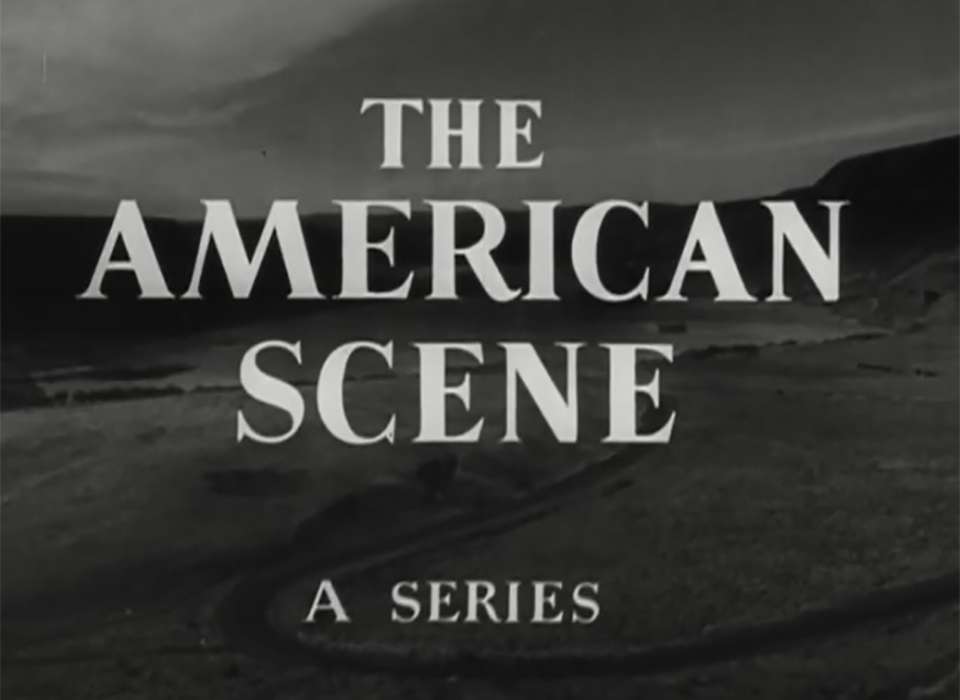
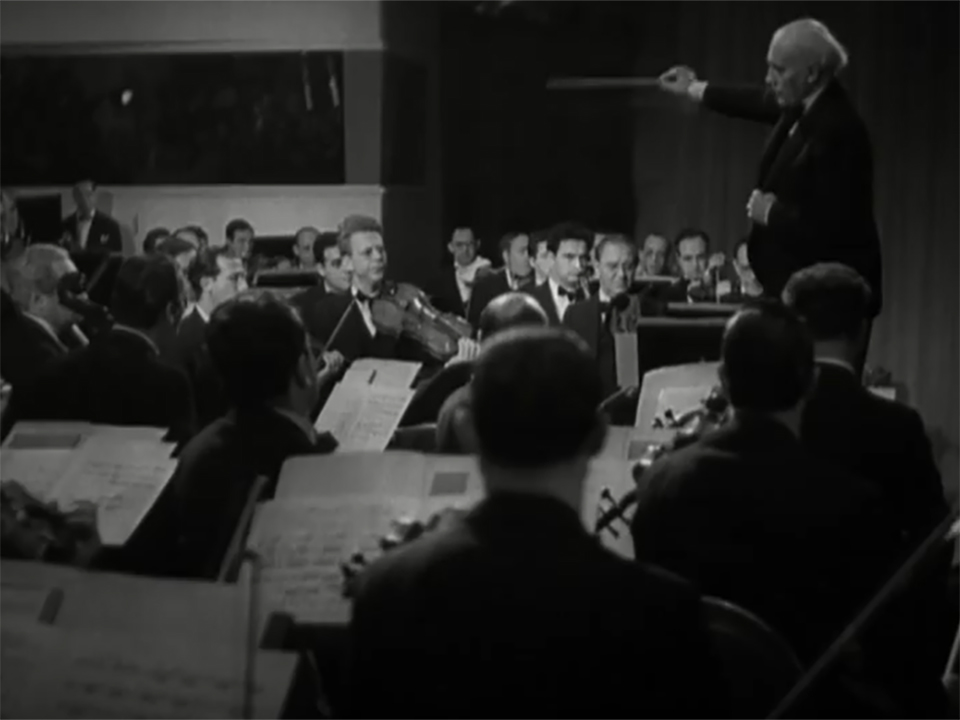
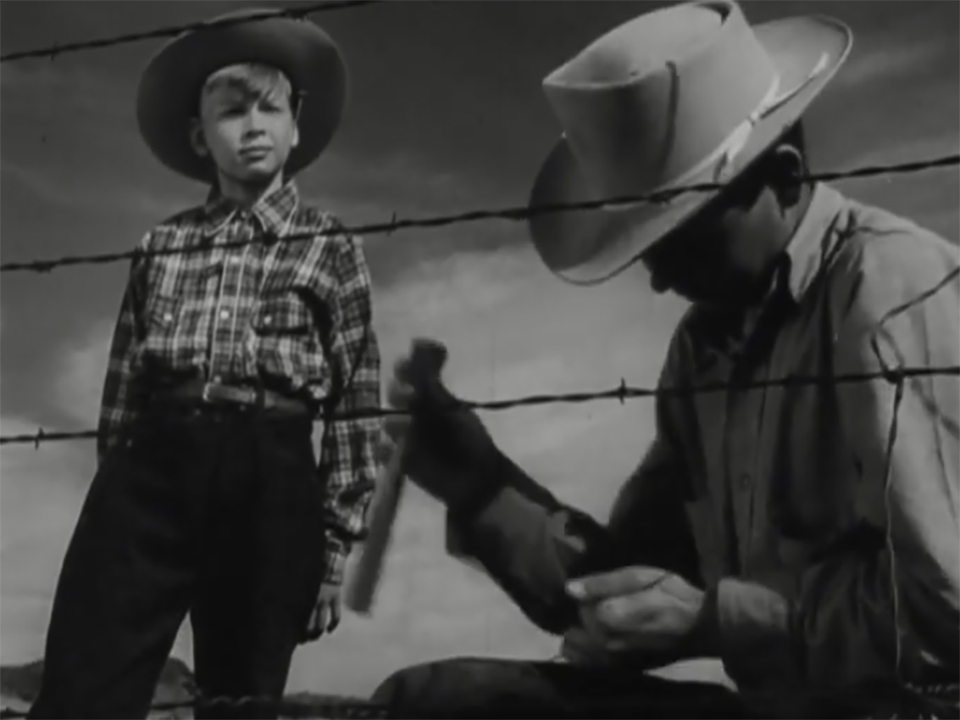
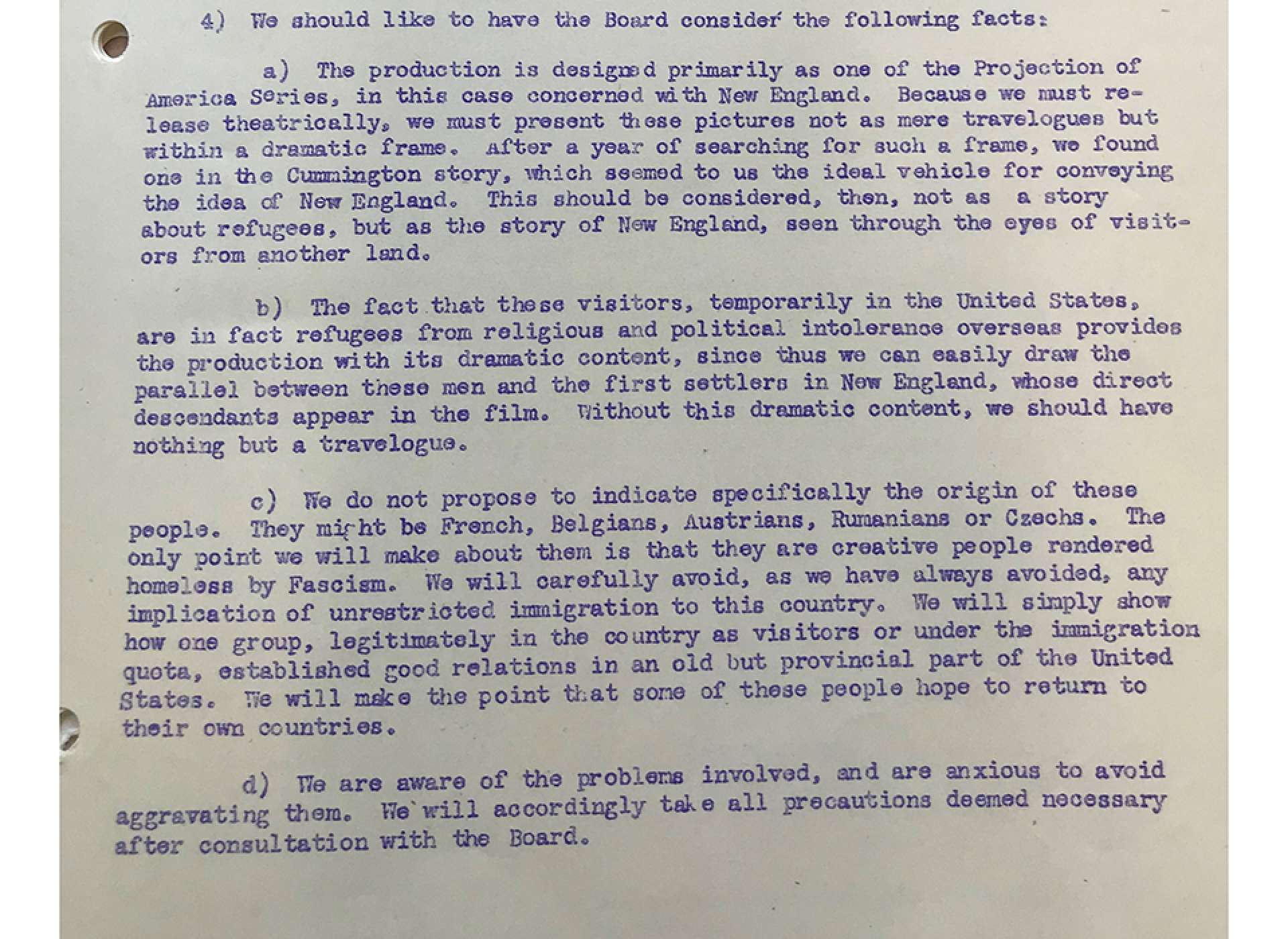
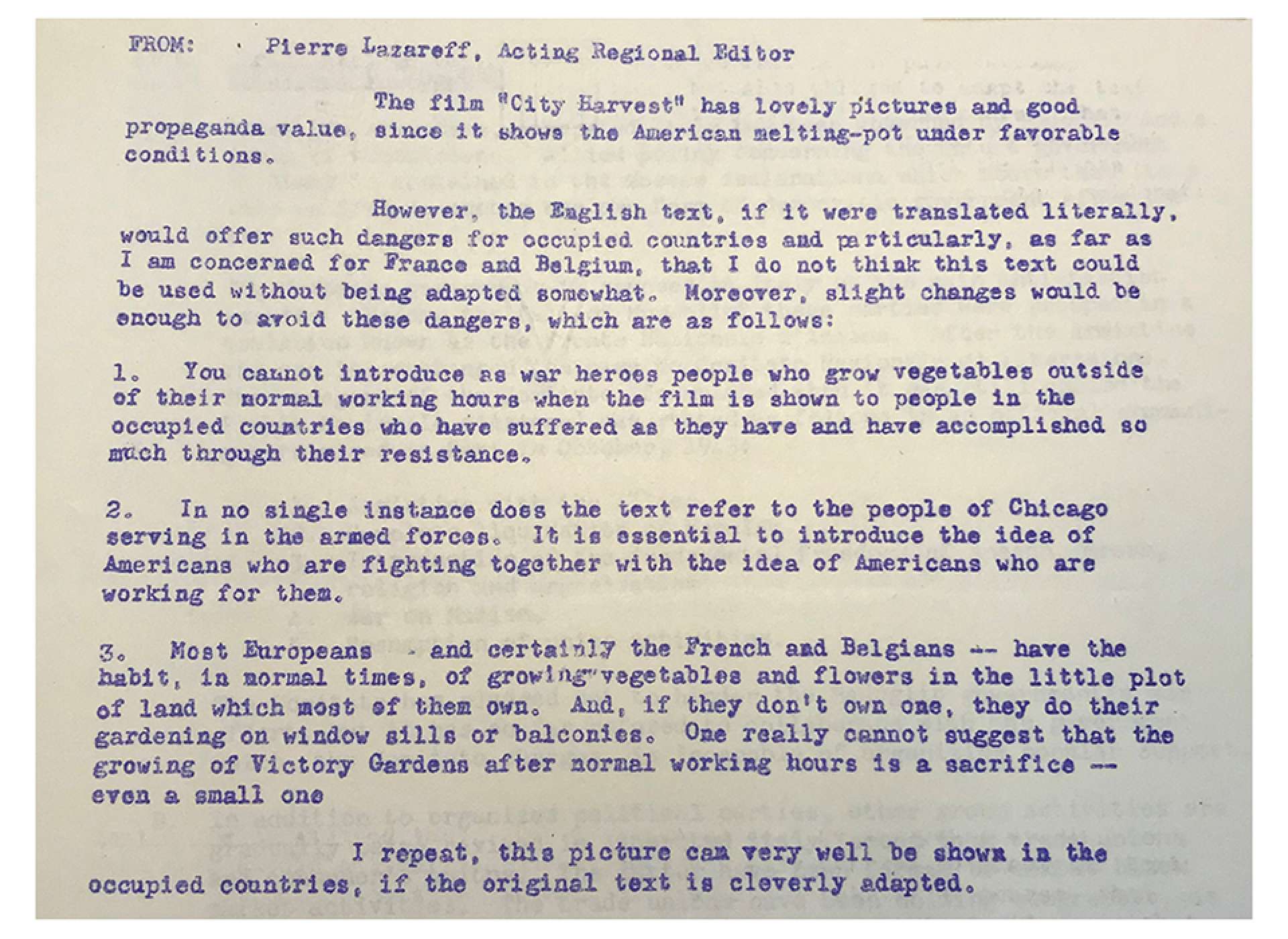
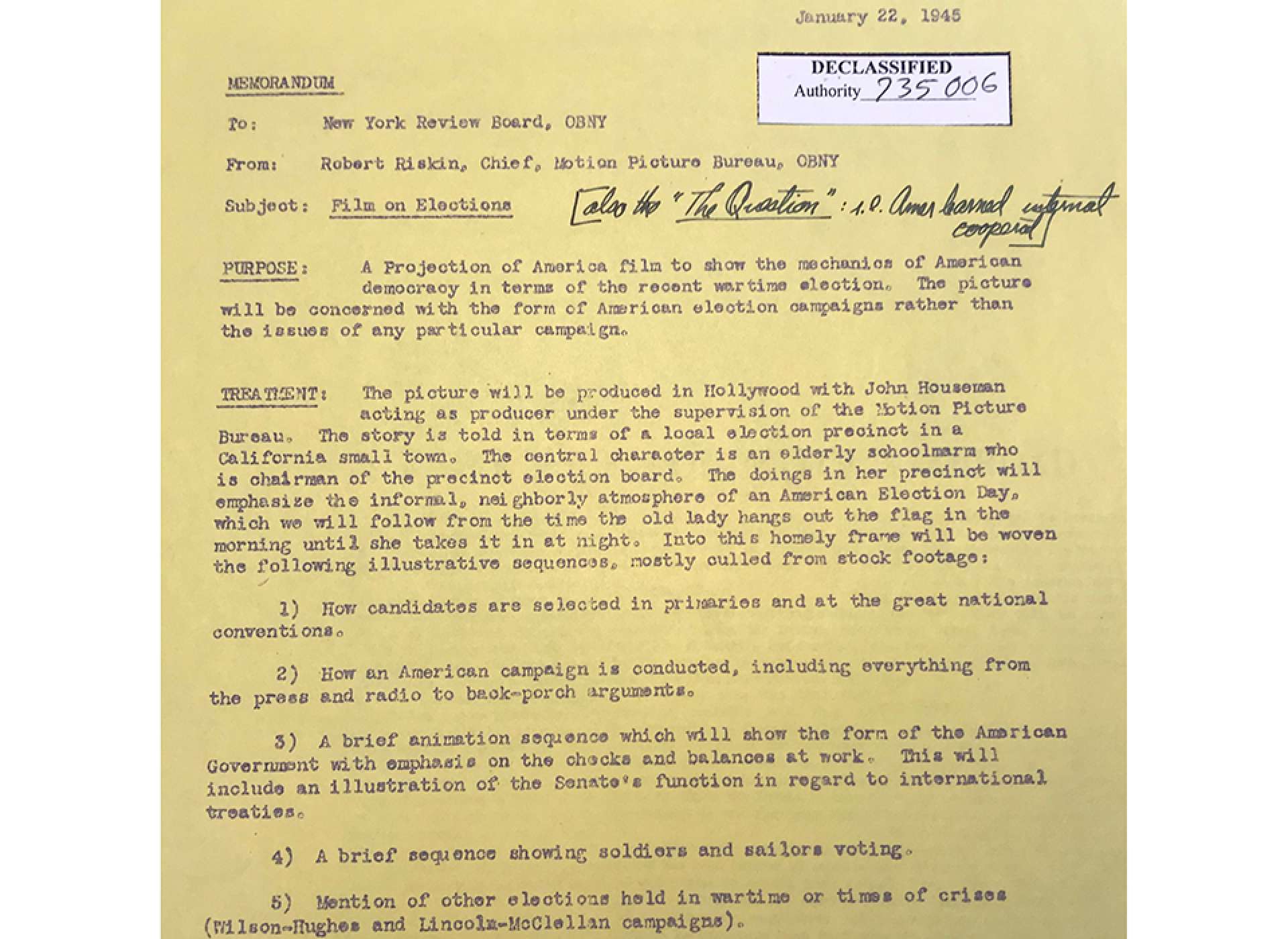

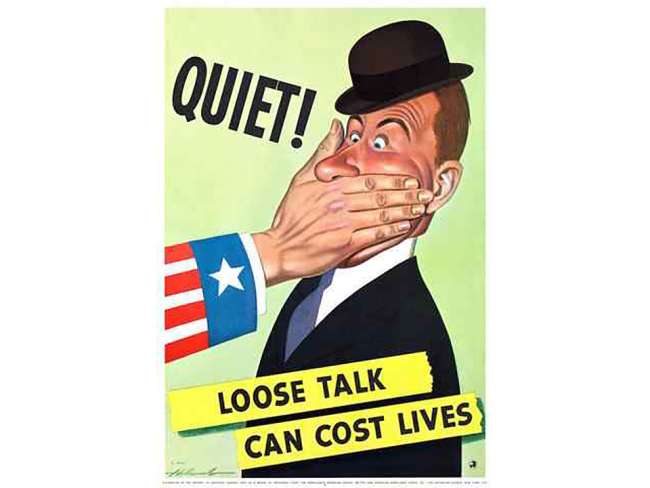





![Max Fuchs, New York City cantor, sings as Rabbi Sydney [sic] Lefkowitz, Richmond, VA, conducts the first Jewish services from Germany.](/sites/default/files/styles/max_650x650/public/2025-10/image1.jpg)


